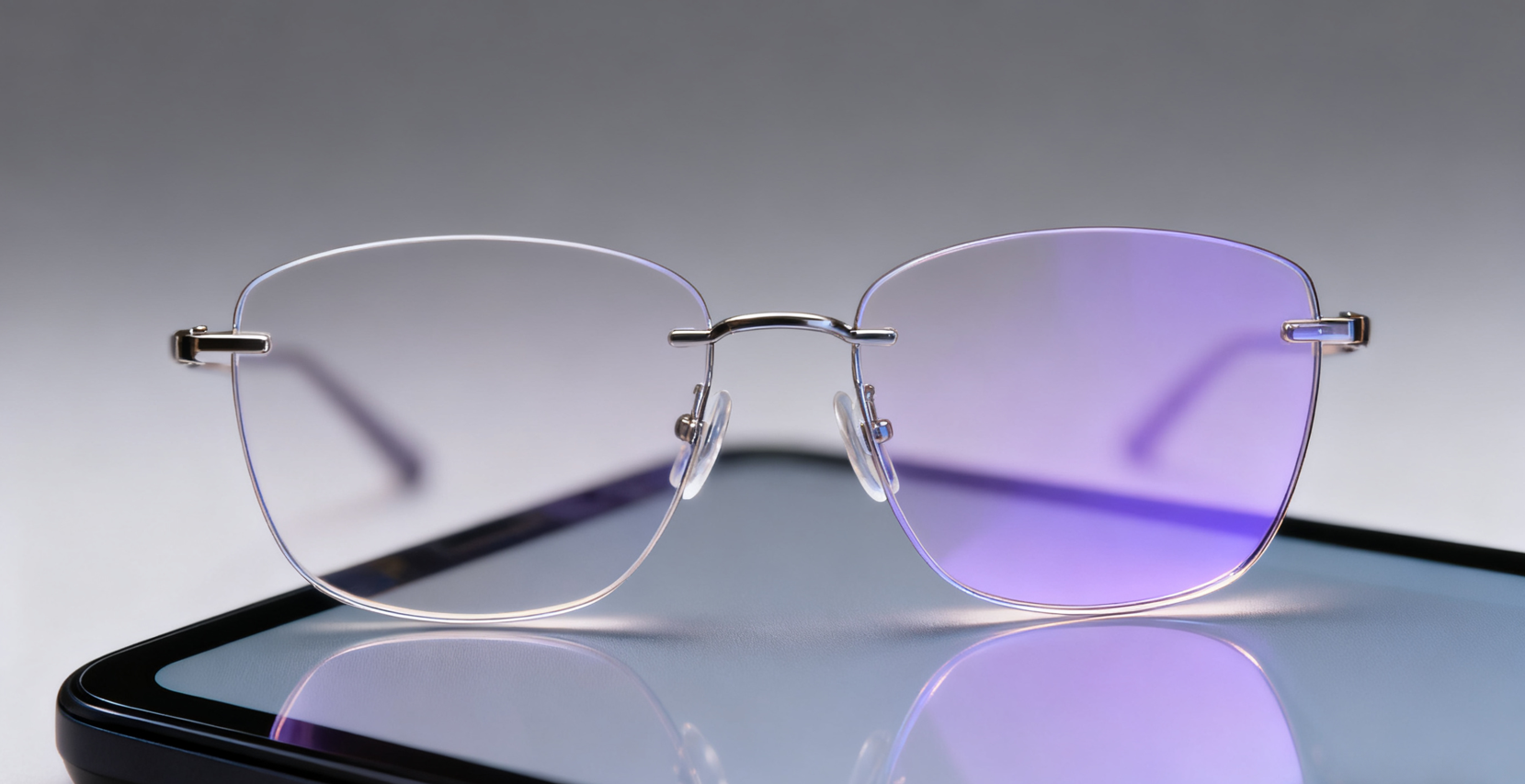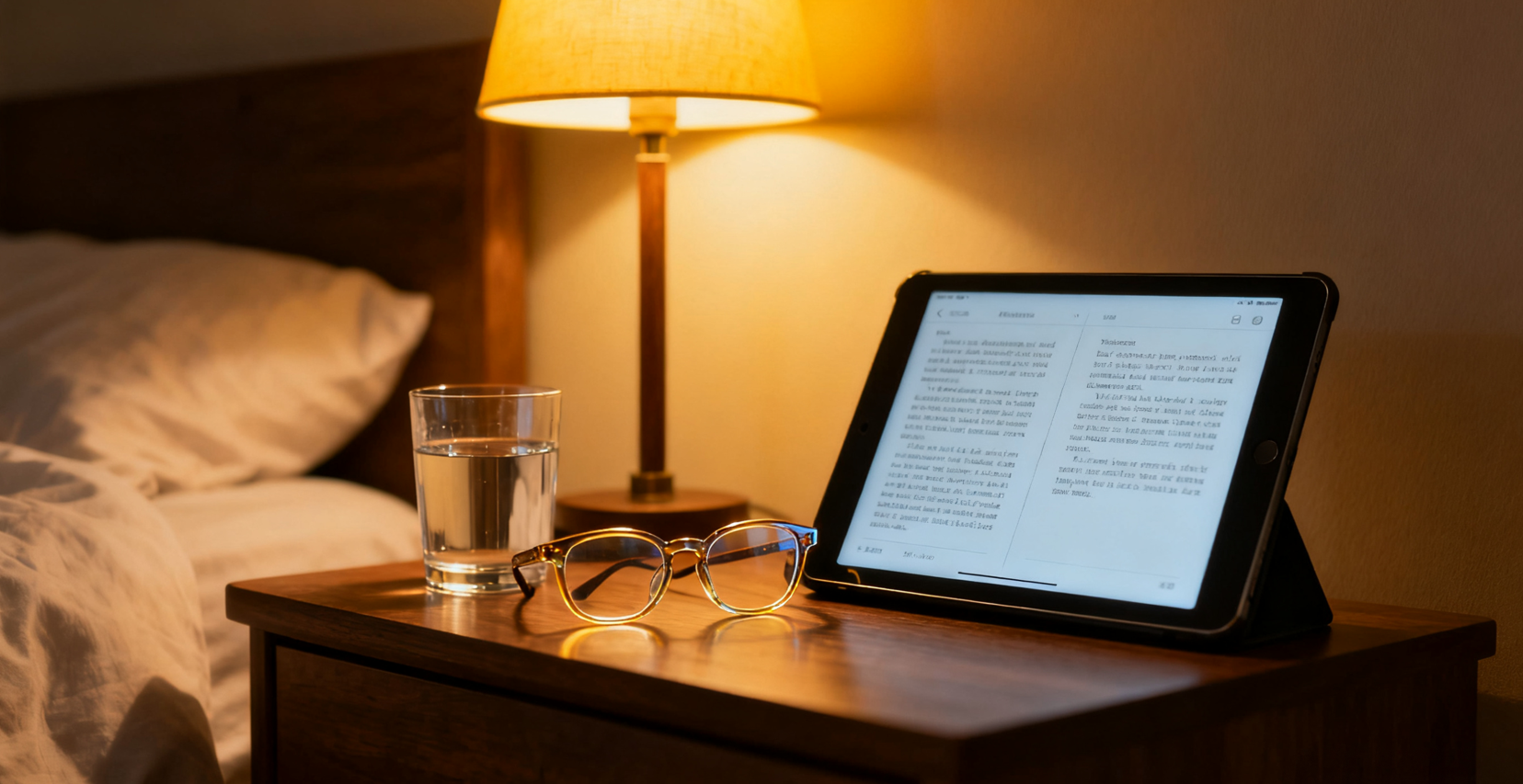In the digital age, most of us spend 6 to 10 hours daily staring at screens—whether for work, study, or entertainment. From laptops and smartphones to tablets and smart TVs, these devices emit blue light and create digital eye strain, leading to symptoms like dry eyes, blurred vision, headaches, and even disrupted sleep. While adjusting screen brightness or taking regular breaks (per the 20-20-20 rule) helps, investing in a pair of high-quality screen glasses is one of the most effective ways to shield your eyes long-term. But with countless options on the market, how do you choose the best one? This guide breaks down everything you need to know.
Why Screen Glasses Matter: Beyond Blue Light
Many people assume screen glasses only block blue light—and while that’s a core feature, their benefits go further:

Key Features to Look for in Screen Glasses
Not all screen glasses are created equal. Prioritize these features to ensure you’re getting maximum eye protection:
1. Blue Light Blocking Strength
Look for glasses that block 30% to 50% of blue light (measured at 400–450 nm, the most harmful range). Avoid products that claim to block 100%—this can distort colors and reduce visibility, which is counterproductive for tasks like graphic design or reading.
2. Lens Coatings
3. Frame Comfort and Fit
Even the best lenses won’t help if your glasses are uncomfortable. Opt for:
4. Prescription vs. Non-Prescription Options
Top Recommendations for Different Needs
The “best” screen glasses depend on your lifestyle, budget, and vision needs. Here are curated picks for common scenarios:

1. Budget-Friendly Option: AmazonBasics Blue Light Blocking Glasses
Priced under $20, these plano glasses offer 40% blue light blocking and an AR coating. They come in multiple frame styles (rectangular, round, cat-eye) and are lightweight enough for all-day wear. While they lack advanced features like anti-fog coating, they’re a great entry-level choice for students or casual screen users.
2. Premium Comfort: Warby Parker “Wilkie” with Blue Light Filter
Warby Parker is known for stylish, comfortable frames, and their “Wilkie” style (made of TR90) is no exception. You can add a blue light filter to both plano and prescription lenses, and the adjustable nose pads ensure a snug fit. At around $100 (including lenses), they balance quality and design—ideal for professionals who want glasses that look as good as they function.
3. Prescription-Friendly: LensCrafters Computer Progressive Lenses
If you need prescription glasses, LensCrafters’ computer progressives are tailored for screen use. The lenses have a wider “intermediate zone” (for screen distance) than standard progressives, so you won’t have to tilt your head to see clearly. They also include blue light blocking and AR coatings, making them a top choice for office workers.
4. Gaming and Heavy Screen Use: Gunnar Optiks “Intercept”
Gamers and streamers who spend 10+ hours on screens need extra protection. Gunnar’s “Intercept” glasses block 65% of blue light (higher than most) and have a wrap-around design to block peripheral glare. They also use “i-AMP lens technology,” which enhances contrast to make game graphics sharper. While pricier (
80–120), they’re worth it for heavy users.
How to Test if Your Screen Glasses Work
Once you buy a pair, here’s how to verify they’re actually protecting your eyes:
Final Tips for Eye Health
Screen glasses are a tool—not a solution. Pair them with these habits to keep your eyes healthy:
Investing in the right screen glasses is an investment in your long-term eye health. By prioritizing blue light blocking, anti-glare coatings, and comfort, you can reduce strain and enjoy screen time without sacrificing vision.